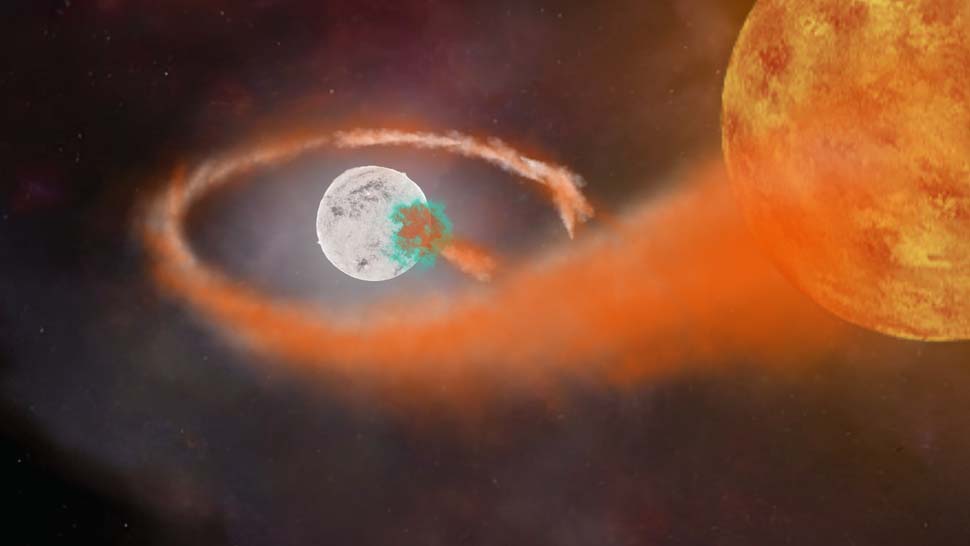Science: Astronomers have carried out an in-depth study of a zombie star hidden among supernova debris. Such a cosmic explosion should have destroyed this dead white dwarf star, but instead, it marked its celestial grave with a “flower” made of debris.
Now, astronomers have turned the event into a 3D movie.
Humanity first became aware of this star’s death in 1181 when a new star, or “guest star”, appeared in the constellation of Cassiopeia for six months and then vanished. This actually made the supernova, now named SN 1181, one of the few supernovae observed before the invention of the telescope. In 2021, amateur astronomer Dana Patchik tracked SN 1181 back to its location in the nebula Pa 30, located within the Milky Way, revealing that the supernova exploded about 1,000 years ago (about 200 years before our ancestors observed and documented it).
And more recently, a team led by Tim Cunningham of Harvard and Smithsonian’s Center for Astrophysics and Ilaria Caiazzo, assistant professor at Austria’s Institute of Science and Technology (ISTA), has conducted a detailed study of SN 1181’s remnant. “Our first detailed 3D characterization of the velocity and spatial structure of the supernova remnant tells us a lot about a unique cosmic phenomenon that our ancestors observed centuries ago,” Caiazzo said in a statement. “But it also raises new questions and sets new challenges for astronomers to tackle ahead.” Clearly, SN 1181 is no ordinary supernova, which is why it has fascinated astronomers like Cunningham and Caiazzo. That’s because white dwarfs like this zombie star shouldn’t have survived the cosmic horror show that gave birth to them.
